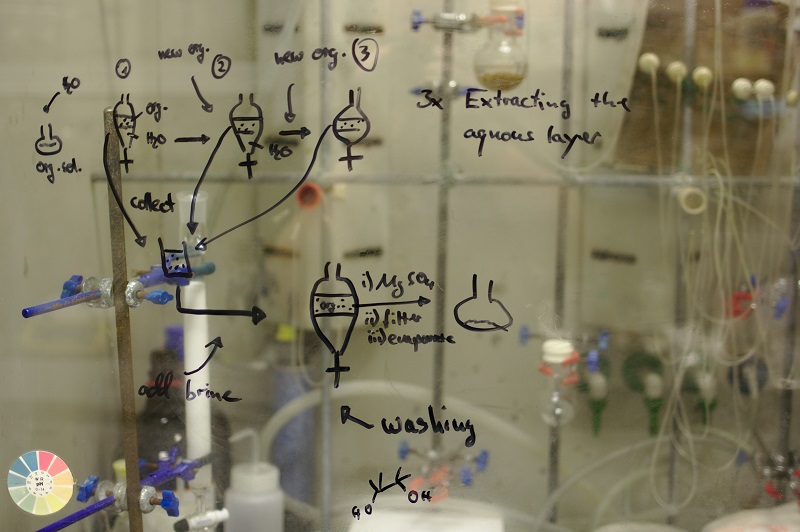Hydrocodone, a potent opioid medication use to treat moderate to severe pain, has been a subject of concern in the United States and many other parts of the world due to its potential for abuse and misuse. In this article, we will explore the prevalence of hydrocodone abuse and misuse, the factors contributing to this problem, and the preventive measures that can help mitigate the risks associated with this medication.
Understanding Hydrocodone
Hydrocodone is a semi-synthetic opioid derived from codeine, and it is classified as a Schedule II controlled substance in the United States. It is most commonly prescribe in combination with non-opioid pain relievers, such as acetaminophen or ibuprofen, to enhance its analgesic effects. Brand names for hydrocodone combinations include Vicodin, Norco, and Lortab.
Hydrocodone is prescribe to manage a wide range of pain conditions, including post-surgical pain, injury-related pain, and chronic pain due to conditions like cancer, arthritis, or back pain. While it can be an effective medication for pain management when use as direct by a healthcare professional, it carries a substantial risk for abuse and misuse.
Prevalence of Hydrocodone Abuse and Misuse
The abuse and misuse of hydrocodone have become a significant public health concern. Several factors contribute to the prevalence of this issue:
Easy Accessibility: Hydrocodone is widely prescribed in the United States and many other countries. This widespread availability makes it easier for individuals to obtain the medication, either through legitimate prescriptions or illicit means.
Perceived Safety: Some individuals may perceive hydrocodone as a safer alternative to illegal opioids like heroin because it is obtained through a doctor’s prescription. This perception of safety can lead to misuse.
Pain Relief and Euphoria: Hydrocodone produces pain relief and feelings of euphoria when taken in higher-than-prescribed doses. The euphoric effects make it attractive to those seeking a recreational high.
Coexisting Mental Health Conditions: People with coexisting mental health conditions, such as depression, anxiety, or substance use disorders, are at higher risk of misusing hydrocodone to self-medicate their emotional distress.
Peer Pressure and Social Influences: Peer pressure and social influences can play a significant role in individuals experimenting with or abusing hydrocodone, especially among young people.
Lack of Education: Many individuals are not adequately informed about the potential risks of hydrocodone, which can lead to misuse. Education and awareness play a vital role in preventing abuse.
The Consequences of Hydrocodone Abuse and Misuse
The abuse and misuse of hydrocodone can have severe consequences, not only for the individuals involved but also for society as a whole. Some of the consequences include:
Addiction: Continued misuse of hydrocodone can lead to physical and psychological dependence, resulting in addiction. Addiction to opioids can be challenging to overcome and can have a devastating impact on a person’s life.
Overdose: Taking hydrocodone in excessive amounts or in combination with other substances, such as alcohol or benzodiazepines, can lead to overdose. Opioid overdoses can be fatal, with respiratory depression being a primary cause of death.
Physical and Mental Health Issues: Prolonged hydrocodone abuse can result in various physical and mental health problems, including respiratory issues, cardiovascular complications, liver damage, depression, and anxiety.
Legal Consequences: Misusing hydrocodone or obtaining it through illegal means can lead to legal consequences, including criminal charges and potential incarceration.
Economic Burden: Hydrocodone abuse places a significant economic burden on healthcare systems, criminal justice systems, and society as a whole. The costs associated with treatment, rehabilitation, and law enforcement are substantial.
Prevention Strategies
Efforts to prevent hydrocodone abuse and misuse are critical to curbing the opioid epidemic. Here are several strategies for prevention:
Education and Awareness: Public health campaigns and educational programs should inform the public about the risks associated with hydrocodone and promote responsible use. These campaigns can target both patients and healthcare providers.
Prescriber Education: Healthcare providers should receive ongoing education and training on appropriate opioid prescribing practices. Including when to consider alternative treatments and how to monitor patients for signs of misuse.
Improved Prescription Monitoring: Implementing prescription drug monitoring programs (PDMPs) can help identify patients who may be obtaining multiple opioid prescriptions from different sources, a common red flag for potential misuse.
Alternative Pain Management: Encouraging healthcare providers to explore non-opioid pain management options and consider alternative medications or therapies for pain control can help reduce the need for hydrocodone.
Naloxone Availability: Increasing the availability of naloxone, an opioid antagonist that can reverse the effects of an opioid overdose, is a crucial harm reduction strategy. Naloxone should be made readily available to patients at high risk of overdose and to bystanders who may witness an overdose.
Legislation and Regulation: Strengthening regulations around opioid prescriptions and monitoring the pharmaceutical supply chain can help reduce the diversion of hydrocodone to the illicit market.
Mental Health Support: Providing access to mental health services and addiction treatment can address the underlying psychological factors contributing to hydrocodone misuse.
Community Support and Outreach: Community-based programs and support groups can play a vital role in preventing hydrocodone abuse. They offer individuals a sense of belonging and support in their journey to recovery.
Parent and Family Education: Parents and family members should be educated about the risks of hydrocodone misuse. And how to recognize signs of abuse in their loved ones.
Safe Disposal: Encouraging safe disposal of unused or expired hydrocodone prescriptions. Can help prevent diversion and accidental ingestion by children or others.
The Role of Healthcare Providers
Healthcare providers play a critical role in preventing hydrocodone abuse and misuse. They must exercise caution when prescribing opioids Regularly monitor patients who require these medications, and educate patients about the potential risks. Some key steps that healthcare providers can take include:
Screening and Assessment: Thoroughly assess patients for their pain and medical history. As well as any risk factors for substance abuse. Conducting a thorough risk assessment is crucial for responsible prescribing.
Prescribe Appropriately: Prescribe hydrocodone only when it is medically necessary, and carefully consider the dosage and duration of the prescription. Explore alternative pain management options for patients who may not require opioids.
Patient Education: Educate patients about the risks associate with hydrocodone. The importance of following the prescribe dosage. And the potential dangers of combining it with other central nervous system depressants, such as alcohol or benzodiazepines.
Monitoring and Follow-Up: Establish protocols for monitoring patients on hydrocodone including regular follow-up appointments. To assess the medication’s effectiveness and screen for any signs of misuse or dependence.
Use Prescription Drug Monitoring Programs (PDMPs): Utilize PDMPs to identify patients who may be obtaining multiple opioid prescriptions from different sources. As this can be an early warning sign of misuse.
Consider Naloxone: In cases where patients are at higher risk of overdose. Consider prescribing naloxone to them and their family members or caregivers.
Conclusion
Hydrocodone abuse and misuse present a significant challenge in the realm of public health and patient safety. The prevalence of this issue underscores the need for multifaceted strategies aimed at prevention, education, and responsible prescribing practices. Collaboration among healthcare providers, policymakers, community organizations, and the public is essential in addressing this complex problem. By implementing comprehensive preventive measures, raising awareness, and ensuring responsible opioid prescribing. It is possible to mitigate the risks associated with hydrocodone and work towards a safer, healthier society.




